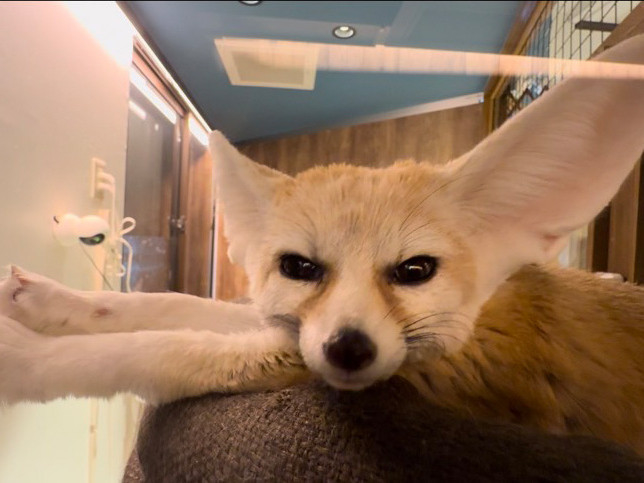
Animal contact cafe in Settsu Motoyama. On the second floor, in the Petureai Square, you can touch about 50 rare animals such as common marmosets, capybaras, feneks, and meerkats, or enjoy a treat. The homepage is full of information that can prepare animals, such as where animals live, food, personality and habits. With the animals of "welcome now", it is also possible to purchase if you can meet a nice encounter. In the cafe space on the first floor, there is also a menu that is handmade and delicious, and there are plenty of services for children, such as a corner where cotton candy can be made. You can also use only the cafe.
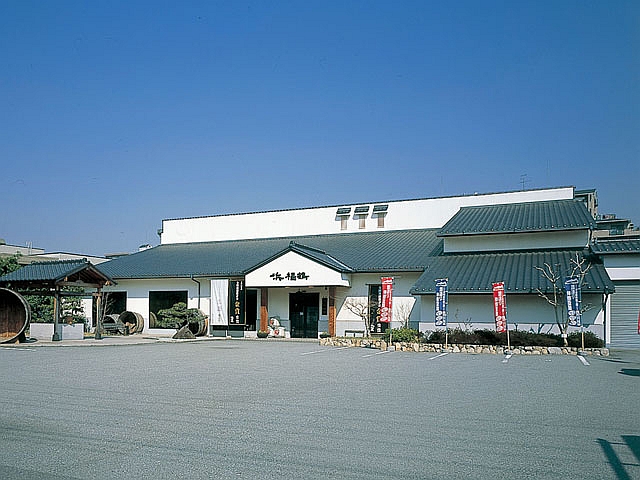
The Hamafukukuru Ginjo Studio is located in Uosaki-go, where you can tour the historic sake brewing process through glass. In fact, a unique corner is provided for listening to the sound of the moromi fermenting and the fragrance. A tasting corner of fresh fresh sake is also substantial (some charges). It also sells a large number of original processed foods and liquor ware.

The seventh generation of Shirazuru Sake Brewery, a private art museum founded by Mr. Kanō Jibei. It houses 1400 items of Japanese and Chinese antiquities, including two national treasures and 22 important cultural treasures, in a magnificent building reminiscent of the Great Gai. Among them, the bronze ware of the Yin and West Zhou and the ceramics of the Han-Ming period, the sutra of the Nara period, and the paintings of the Kamakura-Edo period are seen. The new building displays about 20 to 30 items from the carpet collection of the Middle East. All are open only from early March to early June, mid-September to early December. It takes 50 minutes.
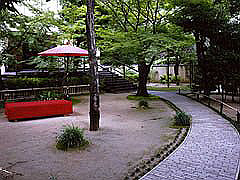
The museum, founded in 1973, displays the collection of the founder of Asahi Shimbun, Ryuhei Murayama. Oriental art, such as Murayama's residence paintings and booklets and Buddha statues, is the main collection, as well as the collection of such gems as national important cultural treasures and important art. There is also an eye-opening in the collection of tea utensils. The theme is decided about four to five times a year, and the exhibition is organized as a special exhibition and a collection of items. In 2018, to commemorate the 45th anniversary of the museum, the Nakanoshima Kasuki Museum (branch hall) opened as the second building. Reservations are required for garden tours of the country's important cultural treasures, the former Murayama family residence (paid).
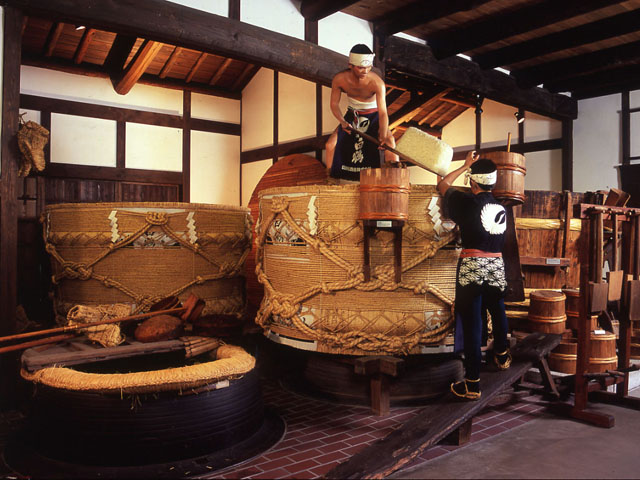
One of the long-established brewing companies, Shirazuru Sake Brewery Museum, which introduces the tradition of Shirazuru Sake Brewery, is located in Mikage-go, and is based on the main store Ichigo-kura built in the early Taisho era. The appearance of old sake brewing is reproduced in an easy-to-understand manner using a doll in the form of a brewer. There is also a savage corner where you can taste freshly squeezed sake.
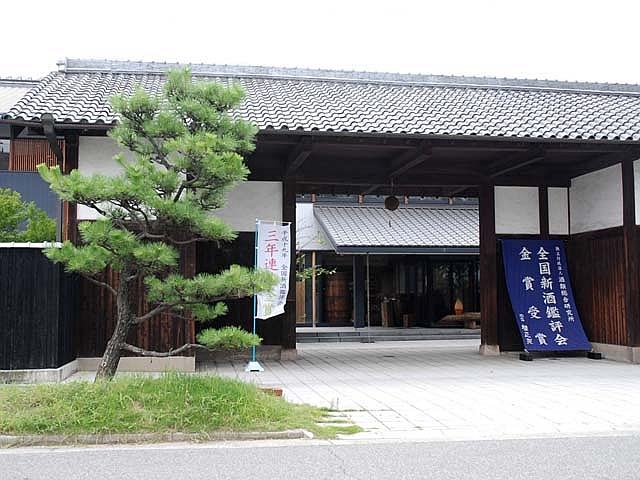
A fine gate is marked by the "Jōshō" memorial hall in Uosaki Township. It is a complex with restaurants, shops and exhibition spaces where you can enjoy Japanese cuisine along with sake. In addition to displays on the theme of water, old sake from more than 50 years ago is also on display.
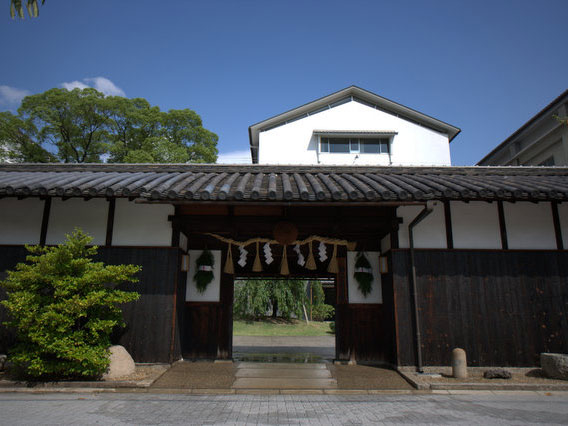
In the mid-Edo period, the brewer of the "fukuju" sake founded in the first year of the Hōryū (1751). They use rice from the local Hyōgo prefecture, such as Yamada Jintao and Hyakumankoku, and the famous water "Miyamizu" from Tenyo, and they are stubbornly protecting their hand-built. You can also enjoy tasting during the sake brewing tour. We recommend a 500 yen set of savage that allows you to compare the three types of Daiginjo, Ginjo, and pure rice. There is also a restaurant called Sakabashi, where you can taste the raw sake from the storehouse and seasonal dishes.

In addition to introducing the production process of Konan-buko, which is located in Nada, known as a national sake brewery, there are also sales and dining establishments in addition to introducing the production process of Konan-ji, which is pickled in sake lees. The set meal of wood-cooked rice and pickled food, 1100 yen, is a reputation. National Registered Tangible Cultural Property Landmarks.

At the memorial hall, a large number of "Nada no Sake Brewery Tools", which has been designated as an important tangible folk and cultural treasure of the country, are on display to find the Ikimoto-zukuri of Tamba Tojiden. You can sample raw sake (not for sale) free of charge at the in-house store, and if you are interested, you can also sample a variety of high-end sake for a fee. In addition, liquor limited to the memorial hall and original goods are also sold. In the neighboring area, there is a workshop for making sake barrels for the production of barrel sake bottling products (tours are required for reservations).
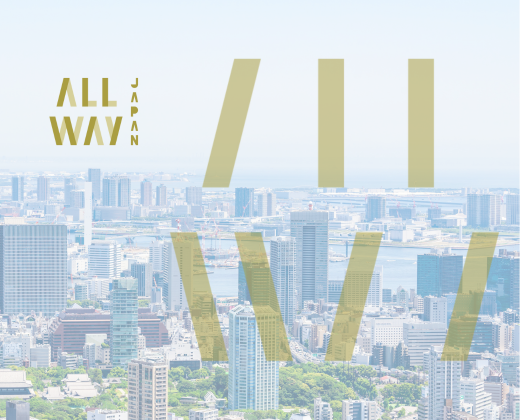
The former home of Bungo Junichiro Tanizaki nestled along the Sumiyoshi River. It is said that the masterpiece "Sono Snow" was written in this house. In the reception room, most of Tanizaki's works are available and can be viewed freely, as well as letters written to acquaintances and other items. The name "Hosho-an" was named after his beloved wife, Mrs. Matsuko, with the meaning of "living leaning on the pine". Open only on Saturday and Sunday.











